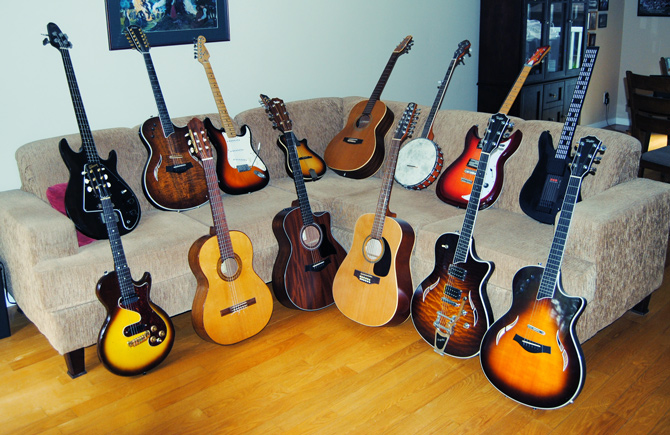By the time I first heard John Hurt, he had already died, passing away in 1966 at the age of 73. I saw him around 1968 on CBC reruns of Pete Seeger’s American TV show, “Rainbow Quest”, which featured many of the blues and roots artists which the American Folk Revival had brought into prominence. The camera work gave us close-ups of Mississippi John’s fingerpicking right hand, where all the intricate and interconnected movements of all his fingers were revealed as they struck the guitar strings and created a full and harmonious arrangement. This was a true revelation for me and it changed my life. Before I heard John Hurt, I was a guitar strummer, like millions of others. After I hear John Hurt, I willed myself into becoming a guitar player, like him.
In the 60s, this was no easy task. Now, there are many didactic videos freely available on the internet, teaching guitar arrangements for any song imaginable. Back then, there were books, especially those published by the Stephan Grossman Guitar Workshop, out of New York City. I was very skeptical about sending a postal money order to New York City from Rockland, but I took a chance and, a few weeks later, I received my instructional booklet in the mail. The songs were presented in tablature, a more pictorial representation of musical notation that I knew nothing about! However, I eventually figured everything out.
I started with simple songs like “Pay Day.” I learned how to create a bass pattern with my thumb. I gradually brought in the four other fingers of my right hand, used for melody, harmony, counterpoint and syncopation. Before I knew it, I understood all these basic elements of composition and was able to use them freely. It was a very powerful lesson in self-worth, especially for a kid who had always thought of himself as inept. So I grew as a musician and I grew as a person, thanks to John Hurt.
I always loved the relaxed pace of “Pay Day”, its amusing lyrics and its almost child-like spirit, a characteristic found in much of John Hurt’s music. He was everyone’s grand-father, a benevolent smiling friend in a felt hat, so beloved by his young, mostly white audience.
“Pay Day” was not part of John Hurt’s original 1928 recordings but his tremendous popularity in the 1960s led to additional recordings. “Pay Day” was recorded in 1965.
For a more detailed narrative of Mississippi John Hurt’s life and artistry, click here.
Richard Séguin – voice and acoustic guitar
